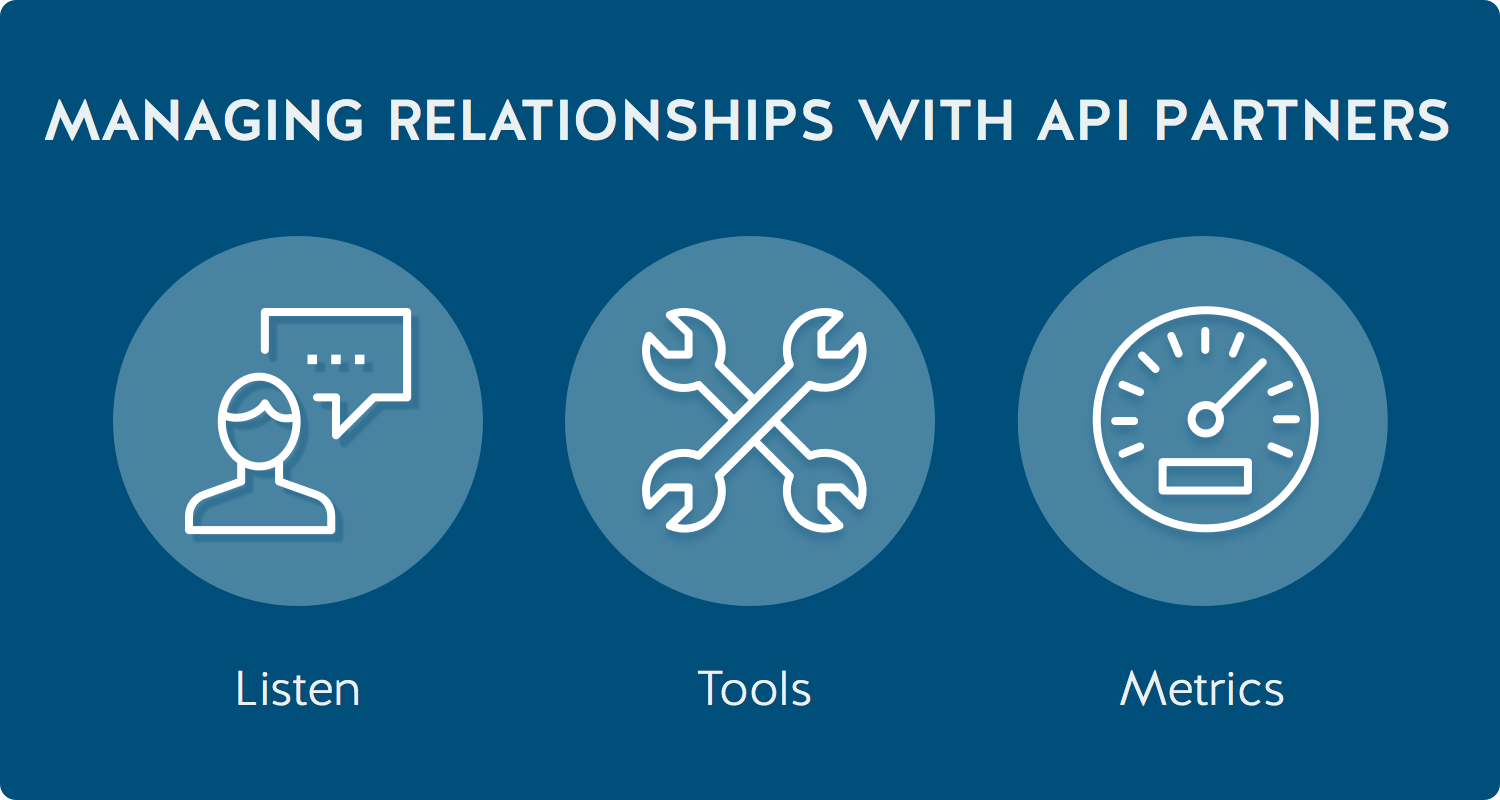Partner API
What is Partner API
Definition:
A Partner API, or Application Programming Interface, is a set of protocols, tools, and definitions that enable seamless communication and data exchange between different software applications, systems, or platforms operated by partner organizations. Partner APIs facilitate integration, interoperability, and collaboration by allowing authorized partners to access and interact with specific functionalities, data, or services offered by a platform or application.
Analogies:
Think of a Partner API as a secure bridge between two cities, allowing smooth passage of goods and services. Similarly, a Partner API facilitates the flow of data and functionalities between partnering software systems, ensuring seamless collaboration and integration.
Further Description:
Partner APIs are designed to establish trusted connections and enable controlled access to resources shared between collaborating entities. These APIs typically adhere to standards, authentication mechanisms, and usage policies defined by the platform provider to ensure security, reliability, and compliance with regulatory requirements.
Key Features of Partner APIs:
- Authorization and Authentication: Partner APIs implement authentication mechanisms such as OAuth tokens or API keys to verify the identity and permissions of users or applications accessing the API resources.
- Data Exchange Formats: Partner APIs support standard data exchange formats like JSON (JavaScript Object Notation) or XML (eXtensible Markup Language) to facilitate interoperability and seamless data transmission between systems.
- Endpoint Documentation: Partner APIs provide comprehensive documentation, including endpoint URLs, request parameters, response formats, error codes, and usage guidelines, to assist developers in integrating with the API effectively.
- Rate Limiting and Quotas: Partner APIs enforce rate limiting and usage quotas to prevent abuse, optimize resource utilization, and ensure fair access to API resources across partner applications.
- Webhooks and Callbacks: Some Partner APIs support webhooks and callback mechanisms, allowing real-time notifications and event-driven interactions between integrated systems, enhancing responsiveness and workflow automation.
Benefits of Partner APIs:
- Streamlined Collaboration: Partner APIs enable seamless data exchange and interoperability between partner systems, fostering streamlined collaboration, shared insights, and enhanced business processes.
- Extended Functionality: Partner APIs empower organizations to extend the functionality and capabilities of their applications by leveraging complementary services, features, or data sources offered by partner platforms.
- Accelerated Innovation: Partner APIs facilitate rapid integration and experimentation, enabling organizations to innovate, iterate, and deliver value to customers more quickly and efficiently.
- Scalable Ecosystem: Partner APIs facilitate the creation of scalable ecosystems and partner networks, enabling businesses to forge strategic alliances, expand market reach, and drive mutual growth and success.
Challenges of Partner APIs:
- Security Risks: Partner APIs may pose security risks such as unauthorized access, data breaches, and injection attacks if not properly secured and monitored.
- Versioning and Compatibility: Managing backward compatibility, versioning, and deprecation of APIs can be challenging to ensure seamless transitions and minimize disruptions for partner integrations.
- Governance and Compliance: Partner APIs require robust governance, access controls, and compliance measures to safeguard sensitive data, intellectual property, and regulatory compliance across partner ecosystems.
Key Takeaways:
- Partner APIs play a pivotal role in facilitating seamless collaboration, data exchange, and integration between partner organizations, enabling them to harness shared capabilities, insights, and resources for mutual benefit.
- By adopting best practices in API design, security, documentation, and governance, organizations can unlock the full potential of Partner APIs to drive innovation, accelerate growth, and create value within interconnected ecosystems and partner networks.





